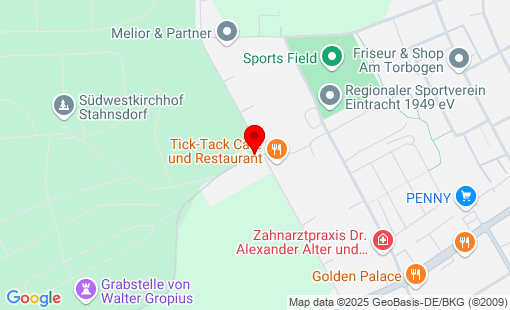Germany
Berlin-Wilmersdorfer Waldfriedhof Stahnsdorf
Total Occupation: 3.872 fatalities
Total Occupation: 3.872 fatalities
This important Berlin synodal cemetery is no longer located within the city limits, but already outside them. The Berlin City Synodal Association planned its construction when, after the turn of the century, the up-and-coming city of Berlin and its neighboring suburbs had a population of around 3 million, making it the third largest city in Europe. This expansion led to extensive urban planning considerations, which also extended to the cemetery system. Berlin's rapidly growing parishes urgently needed new burial sites, but within the city limits, suitable areas were becoming increasingly scarce and unaffordable. So the city synodal association acquired a plot of land on which burial grounds were then laid out for the individual parishes in the form of a central cemetery. As part of Albert Speer's plans to create Germania as the new oversized capital of the Third Reich, large sections of the Old St. Matthew's Cemetery in Berlin-Schöneberg, which stood in the way of the planned north-south axis, were relocated to Stahnsdorf. The new reburial section and the large wall burials in the south-west cemetery bear witness to this today. 4 large burial grounds exist, 3 of which are from the First World War. World War I. In the Italian complex, 1658 soldiers are buried who died as prisoners of war in the winter of 1917/1918. Next door is the British site with 1170 graves, which the British Military Graves Commission moved here from a total of 146 other cemeteries in the eastern part of Germany. The German site has 180 soldiers' graves and the last site of the Second World War contains the graves of 313 German soldiers, among others.
